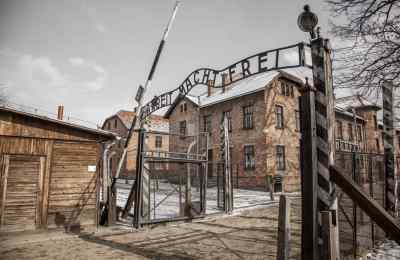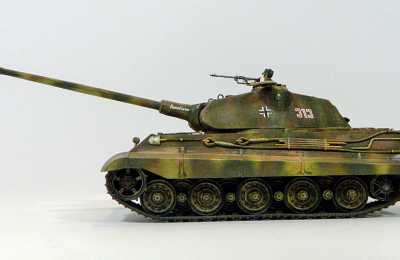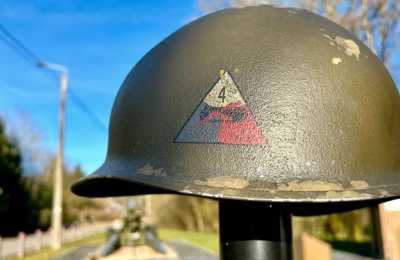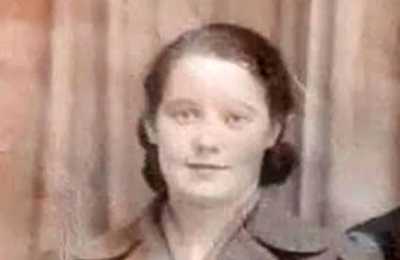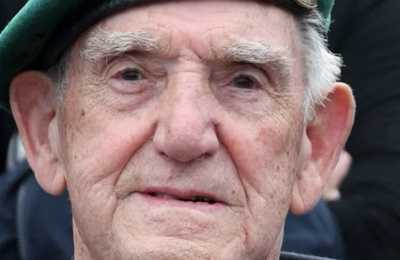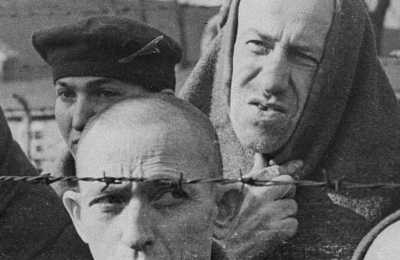Resistance women who saved thousands of lives
They hid people in hiding in their own house, cycled through the country carrying weapons and food stamps, plotted attacks and smuggled Jewish children away to put them in a safe place. And all this at the risk of your own life. During the Second World War, many women resisted the occupying forces, but their stories did not always appear in the history books after the war.
According to historian Marjan Schwegman, it is difficult to say exactly how many resistance women there were, but she estimates that at least a third of the people in the resistance were women. "The fact that women's stories were underexposed is partly because as little as possible was written down during the war for safety reasons," says Schwegman. "And after that, many resistance members did not want to talk about the often sad things they had experienced. In addition, women were often modest, they took it for granted that they helped people during the war."
Already during her studies, Schwegman immersed herself in the stories of resistance women and wrote a book about several of their activities. As the first female director of the NIOD, the war documentation centre, she also campaigned for more attention for women in the resistance. Just after the war, often only people who were engaged in illegal activities full-time were regarded as members of the resistance. "Women who moved weapons or secret transmitters by bicycle between other companies, as couriers, were therefore not seen as part of the resistance."
In recent years, more attention has been paid to women within the resistance. According to Schwegman, this is partly because our image of the resistance is changing. Just after the war, the focus was mainly on spectacular, often armed resistance actions. Nowadays there is more attention for the unarmed, but also dangerous care work, which focused on everything involved in taking care of people in hiding, from forging papers to obtaining food.
As far as Schwegman is concerned, the image of what resistance is must therefore be adjusted. This can be done by looking at the resistance women, she says. They were active in many different areas where their contributions were essential. "Without couriers, for example, most of the resistance activities would not have been possible, yet their work was only seen as 'supportive'."
Source: NOS

